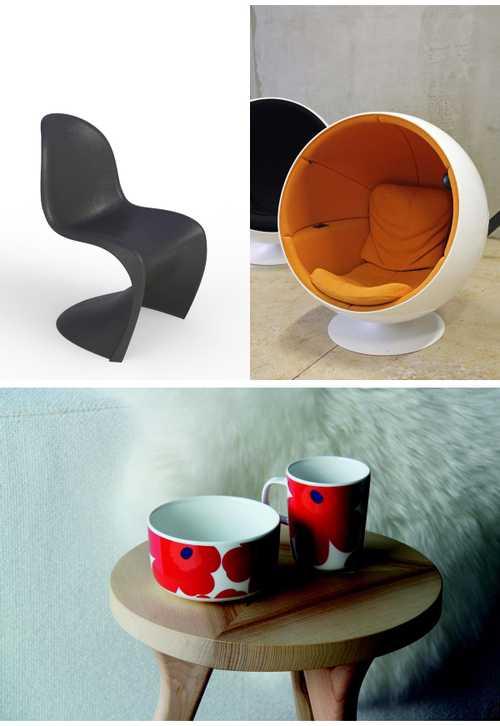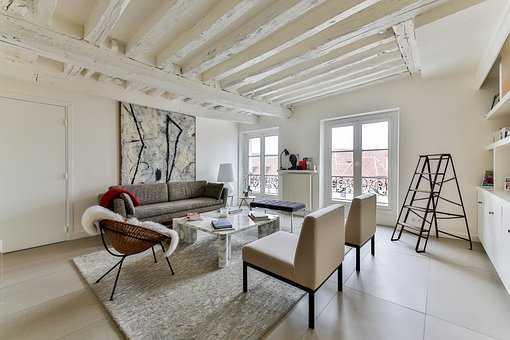A Brief History of Nordic Design - Tales by Trees
Curated from: talesbytrees.com
Ideas, facts & insights covering these topics:
4 ideas
·1.94K reads
14
Explore the World's Best Ideas
Join today and uncover 100+ curated journeys from 50+ topics. Unlock access to our mobile app with extensive features.
The Philosophy of The Nordic Design
Nordic philosophy has a deep respect for functionality, clean lines, and longevity. Nordic design is created to be in harmony with its environment and a direct result of the region's climate.
During the long winter, homemakers maximise the space to reflect as much light as possible. Minimal furniture allows light and air to move around the room freely. The furniture employed are made of natural materials, such as wood, that will last instead of being regularly replaced.
114
676 reads
Moving from Art Nouveau towards Art Deco
In 1915, a Danish company for decorative arts launched a magazine to promote local craftsmanship.
It was made to compete against the Art Noveau movement. Social commentary pressed more on the arts, which paved the way for Art Deco - an industrially-driven design philosophy.
96
549 reads
The Golden Age of Scandinavian Design
- In the 1930s, artists, inspired by the concepts of Constructivism, Functionalism, and Surrealism, paved the way for Nordic design's iconic milestones.
- In the 1950s, the Lunning Prize (an equivalent of Nobel Prize) hailed exemplary designers who have given valuable contributions to Nordic Design from 1951 to 1970.
- In 1954, a traveling exhibition comprised of the region's best designs landed in the United States and Canada and influenced the American culture.
- In Denmark, Danish design thrived during the 1940s to the 1960s and created its own flavor, abandoning grandeur ornamentation in pursuit of form and function.
- After WWII, Danish design has become a democratic movement, where makers turn to mass-producing natural raw materials such as ceramics, wood, and leather.
- While the popularity declined in the 1970s, it had an upturn a decade later.
96
306 reads
Design in the Nordic region
- In Finland, colors and soft textiles pervade the Nordic-themed homes. Intriguing ceramics, glassware, and charming fabric prints permeate this design.
- In Iceland, the design concept steered the local craftsmen to create their own designs that reflected their dynamic island. Faith and folklore play a large role in Icelandic design.
- In Norway, simplicity of form and durability were the goal of each design, integrating local craftsmanship throughout the process.
- In Sweden, minimalist and functional furniture with clean, simple lines is preferred.
Overall, the Nordic design code relies on the craftsmanship that is visually easy on the eye. Wood is used in warm, genial tones, and rugs and palettes of cool, muted colours soften the area.
121
413 reads
IDEAS CURATED BY
Evie Gold's ideas are part of this journey:
Learn more about personaldevelopment with this collection
How to manage digital distractions
The impact of technology on mental health
The importance of setting boundaries
Related collections
Similar ideas
20 ideas
4 ideas
A brief history of IKEA: From cheap bookcases to Swedish meatballs
businessofbusiness.com
5 ideas
Read & Learn
20x Faster
without
deepstash
with
deepstash
with
deepstash
Personalized microlearning
—
100+ Learning Journeys
—
Access to 200,000+ ideas
—
Access to the mobile app
—
Unlimited idea saving
—
—
Unlimited history
—
—
Unlimited listening to ideas
—
—
Downloading & offline access
—
—
Supercharge your mind with one idea per day
Enter your email and spend 1 minute every day to learn something new.
I agree to receive email updates

